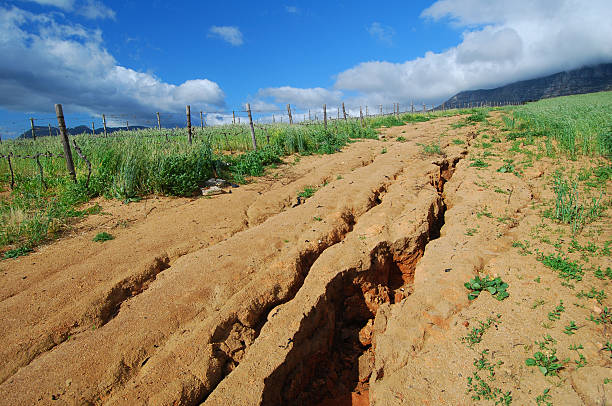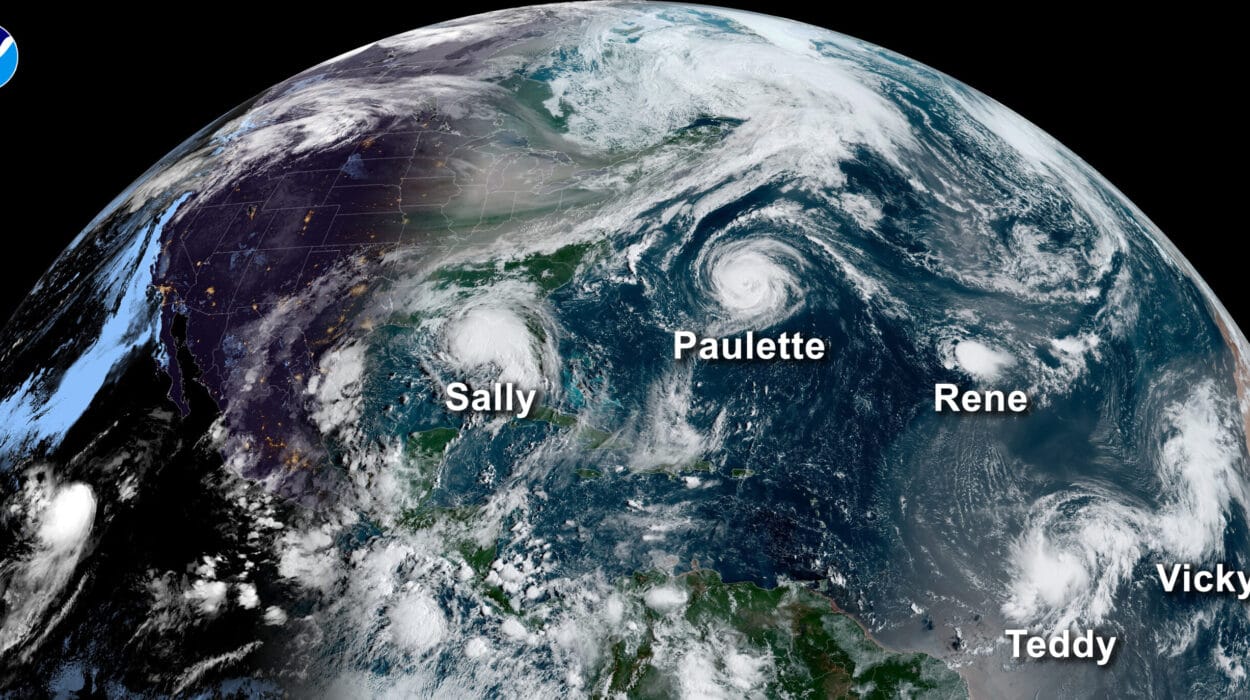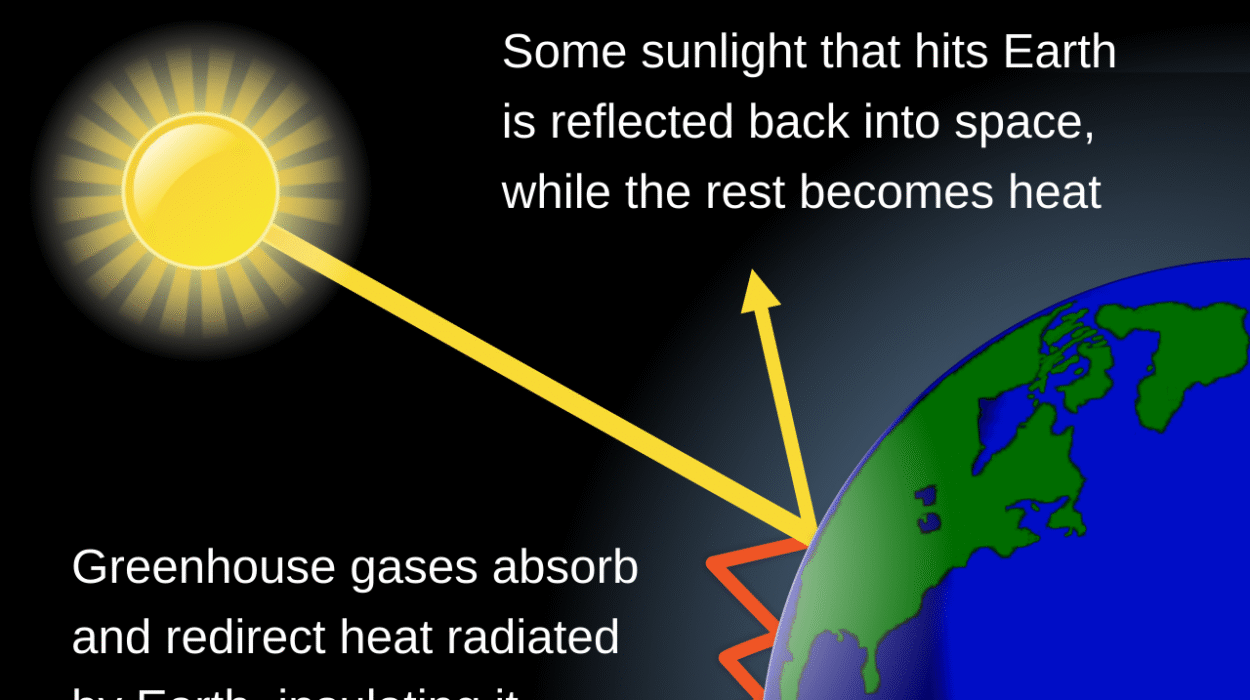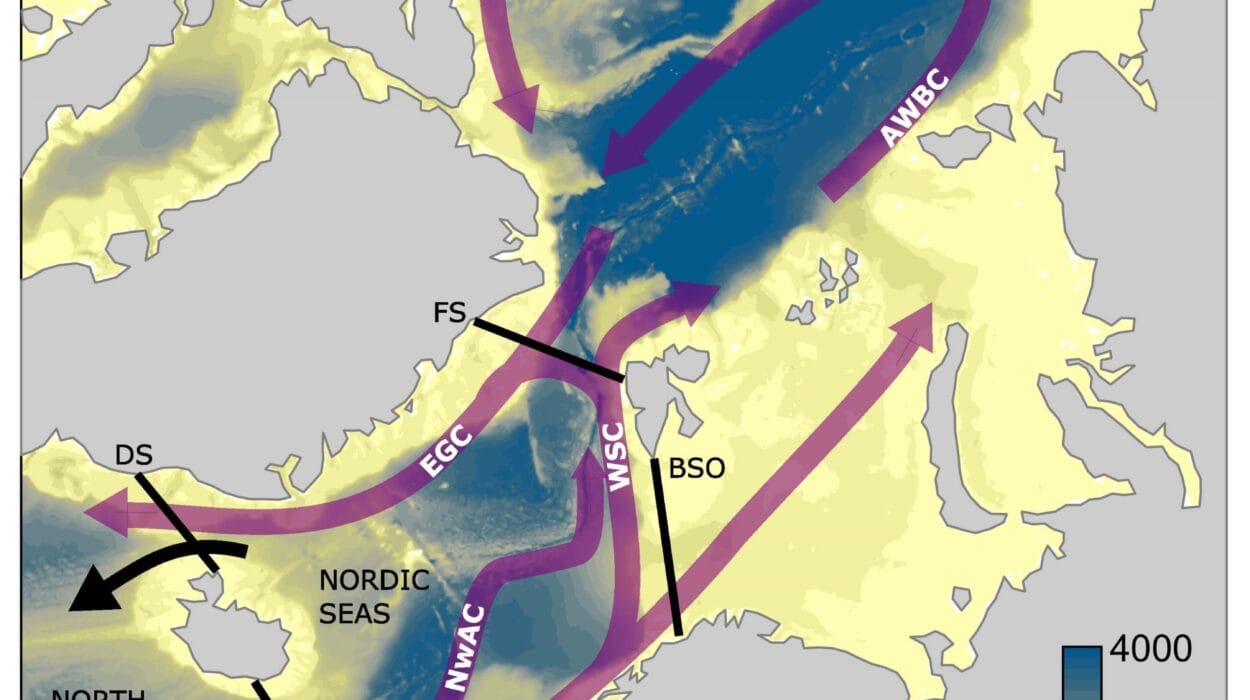It begins almost imperceptibly. A whisper of wind lifts a few grains of soil from a bare patch of land. A sudden downpour sends muddy rivulets racing downhill, dragging precious earth with them. Over time, these small, invisible losses build into a disaster. Hills once rich with vegetation turn barren. Rivers run brown. Crops fail. Species vanish. Entire ecosystems unravel, not in a single dramatic moment, but slowly—steadily—as the ground itself begins to give way.
This is the story of soil erosion: a quiet catastrophe that rarely makes headlines but underlies some of the most urgent environmental crises of our time. It is the gradual wearing away of Earth’s life-sustaining skin, and it’s happening everywhere—from the windy grasslands of the Sahel to the fertile plains of the American Midwest. Soil erosion doesn’t just affect farmers or foresters—it strikes at the heart of ecosystems, threatening biodiversity, water security, food production, and climate stability.
The Foundation of Life: Why Soil Matters
To understand the impact of soil erosion, one must first understand the role of soil itself. Soil is not just dirt. It is a dynamic, living system—teeming with microbes, fungi, insects, and other organisms that together form the foundation of terrestrial life. A single teaspoon of healthy soil can contain more microorganisms than there are people on Earth. This microscopic army breaks down organic matter, recycles nutrients, and supports the vast web of plant and animal life above.
Soil also plays a vital role in regulating the water cycle. It absorbs rain, filters toxins, and prevents floods. It stores carbon, helping to mitigate climate change. It anchors plants, and through them, entire ecosystems. Without healthy soil, forests wither, grasslands fade, and wetlands dry up. Soil is, quite literally, the ground we stand on—and the ground all life depends upon.
But soil is fragile. It forms slowly, over hundreds to thousands of years, as rock is broken down by weather, and organic matter accumulates from decaying plants and animals. A single inch of topsoil can take centuries to form. Yet it can be washed away in a single storm, lost in a season of poor land management, or blown to the winds in a matter of days.
The Natural Process—and Human Acceleration
Erosion is, at its core, a natural process. Over millennia, the movement of water, wind, ice, and gravity has shaped the Earth’s landscapes—carving valleys, building deltas, sculpting cliffs. In natural systems, erosion is balanced by soil formation and vegetation growth. But when humans enter the equation, the balance tips.
Deforestation, overgrazing, mining, construction, and intensive agriculture all strip the land of protective vegetation and expose soil to the elements. Heavy machinery compacts the earth, reducing its ability to absorb water. Overuse of chemical fertilizers and pesticides weakens soil structure and kills the organisms that keep it healthy. When rain falls or winds blow, there’s nothing to hold the soil in place. It begins to move—into rivers, into the air, into the ocean—taking with it fertility, structure, and life.
In the last century alone, it is estimated that the world has lost half of its topsoil. In some regions, the rate of erosion is now 10 to 40 times greater than the rate of soil formation. This is not just unsustainable—it’s ecological suicide.
The Ripple Effect: How Erosion Disrupts Ecosystems
The effects of soil erosion extend far beyond the land it strips bare. When soil erodes, ecosystems begin to collapse from the ground up.
Take forests, for example. Trees and understory plants rely on rich soil to grow. When erosion removes the topsoil, nutrients vanish. Roots struggle to anchor, young saplings fail to thrive, and the forest thins. As plant life recedes, so too do the animals that depend on it—birds, mammals, insects. The web of life begins to fray.
In grasslands, where root systems often stretch deep into the soil, erosion can decimate native species. Fast-growing invasive plants may take over, further weakening the ecosystem. In agricultural zones, the loss of soil fertility means lower crop yields, increased dependency on chemical inputs, and greater susceptibility to drought and disease.
Aquatic ecosystems suffer too. When eroded soil is carried into rivers and lakes, it clouds the water, reducing light penetration and choking aquatic plants. Sediment smothers fish eggs, clogs the gills of aquatic animals, and carries with it a cocktail of pollutants—pesticides, fertilizers, heavy metals—that poison life downstream. Coral reefs, some of the most biodiverse ecosystems on Earth, are dying in part due to sedimentation caused by upstream erosion.
In this way, soil erosion acts like a slow-moving avalanche—starting high on the land and rolling downward, destroying everything in its path.
A Human Story: The Dust Bowl and Beyond
Few events in history illustrate the power of soil erosion more vividly than the Dust Bowl of the 1930s. In the Great Plains of the United States, decades of aggressive plowing, monoculture farming, and disregard for native grasses left the land vulnerable. When drought struck, the exposed soil turned to dust. Black blizzards swept across the country, blotting out the sun, burying homes, and forcing families to flee their farms.
The Dust Bowl was not just an agricultural disaster—it was an ecological and human tragedy. It displaced millions, bankrupted thousands, and left deep psychological scars on an entire generation. But it also awakened a new awareness of the importance of soil conservation. The U.S. government responded with programs to plant windbreaks, rotate crops, and teach sustainable farming practices. It was a lesson paid for dearly.
And yet, despite this history, erosion remains a global threat. In places like Madagascar, where over 90% of forests have been lost, red rivers carry away the land. In sub-Saharan Africa, soil degradation threatens food security for millions. In Southeast Asia, deforestation for palm oil and logging has left once-rich landscapes vulnerable to landslides and flooding.
The story of soil erosion is not just one of environmental loss—it is a story of livelihoods, culture, and survival.
Climate Feedback: Soil Erosion and the Carbon Cycle
One of the less visible, but equally devastating consequences of soil erosion lies in its impact on the carbon cycle. Healthy soil is one of the largest carbon sinks on the planet. It stores more carbon than the atmosphere and all vegetation combined. This carbon is held in organic matter—plant residues, microbial biomass, humus—that gives soil its dark, rich color.
When soil erodes, this carbon is exposed and oxidized, releasing carbon dioxide into the atmosphere. At the same time, the loss of vegetation reduces carbon uptake. This creates a vicious cycle: erosion leads to carbon emissions, which contribute to climate change, which in turn increases the frequency of extreme weather events that cause more erosion.
In this way, soil erosion is not just a result of climate change—it is a driver of it. The very ground that should help stabilize our planet is being turned into a source of instability.
Hope Beneath the Surface: Restoring the Earth’s Skin
The good news is that soil erosion is not irreversible. With the right practices, damaged land can be healed. Around the world, farmers, scientists, indigenous communities, and conservationists are working together to rebuild soil, restore ecosystems, and safeguard the future.
One of the most powerful tools is reforestation. Trees act as natural armor for the land. Their roots bind the soil, their canopies soften the impact of rain, and their leaf litter nourishes the earth. Reforestation projects in countries like China, India, and Ethiopia have already helped reclaim millions of acres of degraded land.
Sustainable agriculture is another key solution. Practices like cover cropping, no-till farming, agroforestry, and crop rotation protect the soil and enhance its health. Instead of stripping the land bare, these methods work with nature—mimicking the complexity of natural ecosystems.
Terracing and contour plowing help slow water flow on slopes. Grassed waterways, hedgerows, and buffer strips reduce runoff and trap sediment. Even simple measures—like reducing grazing pressure or planting native grasses—can make a profound difference.
Urban areas, too, have a role to play. Green roofs, permeable pavements, and restored wetlands help reduce surface runoff and protect urban soils. Cities can be reimagined not as concrete wastelands, but as part of a living, breathing Earth.
Wisdom in Ancient Practices
Interestingly, many of the best soil conservation methods are not new. They are old—ancient, even—rooted in traditional knowledge passed down through generations.
The Inca, for example, built elaborate terraced farming systems that still function today in the Andes. African agroforestry traditions integrate trees into farmland, providing shade, nutrients, and erosion control. Indigenous communities in the Amazon enrich the soil with biochar, creating terra preta—”dark earth”—that remains fertile for centuries.
These practices are not relics of the past. They are blueprints for the future. In honoring the wisdom of the Earth’s earliest stewards, we may yet learn how to save the ground beneath our feet.
The Moral of the Soil
Soil erosion is more than an environmental problem. It is a reflection of how we live, how we grow our food, how we build our cities, and how we treat the planet that sustains us. It is both a symptom and a cause of deeper imbalances—in our relationship to nature, to each other, and to time.
We often think of environmental crises as happening “out there”—in the rainforest, in the Arctic, in faraway coral reefs. But soil erosion reminds us that the Earth’s most critical systems are right under our feet. They are in our fields, our gardens, our neighborhoods. The solutions, too, begin here—local, tangible, and urgent.
Every time we plant a tree, protect a wetland, support sustainable farmers, or simply learn about the soil, we are participating in the healing of the Earth.
This is not just a story of loss. It is a story of potential.
The Earth’s skin may be wounded—but it can still regenerate. If we choose to act, to restore, and to protect, then the story of soil erosion will not end in collapse, but in renewal.
Let us make sure the future is rooted not in erosion, but in the resilience of the living ground.






